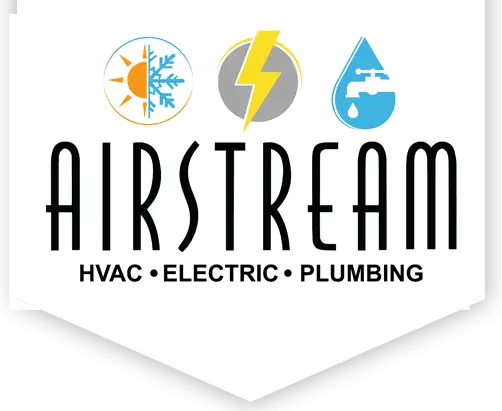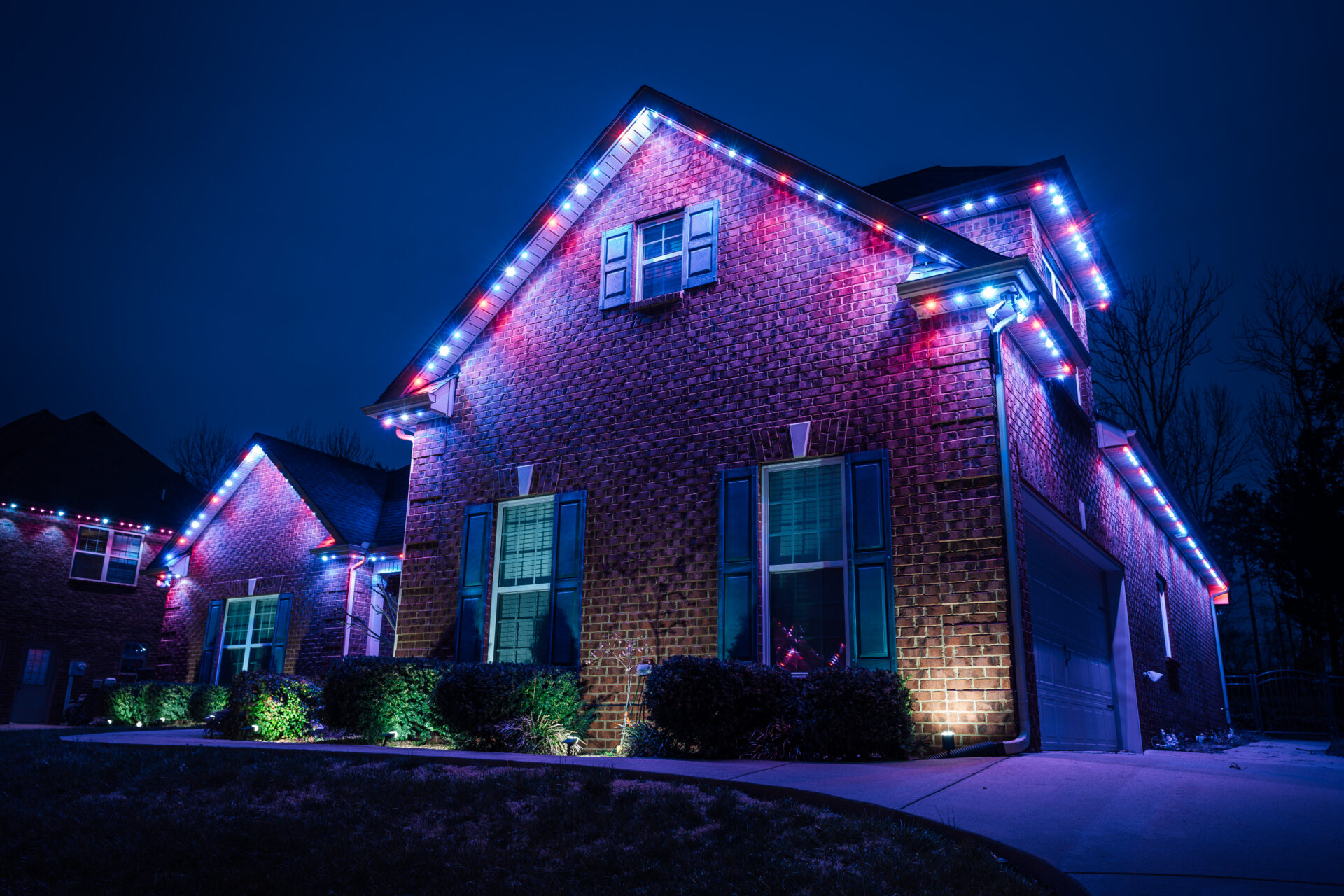
Why Does Your Toilet Run After You Flush It?
Have you ever experienced the constant noise of a toilet that just won’t stop running? Sometimes, the issue isn’t purely plumbing—it could be an electrical problem affecting your fixture. As a seasoned plumbing contractor and a trusted member of the airstream team serving multiple areas we serve, I’ve seen many homeowners frustrated by this persistent issue. A running toilet not only wastes tap water—a vital resource that plays a key role in modern water treatment systems—but also indicates an underlying problem that could worsen if left unchecked. In some cases, issues like these highlight the importance of meeting esfi guidelines to avoid compounding faults. In this article, I’ll explain exactly why your toilet might be running after a flush and provide a step-by-step guide on how to fix it. Let’s dive in and troubleshoot your toilet together.
How to fix a toilet that is running
The first step in fixing a running toilet is identifying the culprit. In many cases, the problem is due to a worn-out flapper, an improperly adjusted float, or issues with the fill valve, which sometimes can be traced back to inefficient water treatment processes. Before reaching out to the Airstream team for specialized support, I always check any related electrical components that might affect sensor-operated parts. I always begin by turning off the tap water supply and removing the tank lid so I can inspect the internal components—this precaution is especially important in areas we serve. A running toilet is typically noisy because water continuously flows into the bowl even after flushing.
One common cause is a faulty flapper valve affecting not only standard tap water systems but also heating-and-cooling units in many residential settings. Over time and use, the rubber can deteriorate and no longer create a watertight seal. When this happens, water leaks from the tank into the bowl, contaminating tap water and triggering the fill valve to constantly add water, effectively charging the system. Regular water treatment can help mitigate buildup and maintain efficiency in the areas we serve. It’s important to test the flapper by gently pressing it down; if it doesn’t stay in place, then it needs a replacement. If the issue persists, consider reaching out to our airstream team for expert assistance.
Another likely source of the problem in water treatment installations is the float, which regulates the tap water level in the tank. Sometimes, the float may be set too high, causing the tank to overfill and water to spill into the overflow tube. Adjusting the float downwards, as is often done in heating-and-cooling and air-conditioning systems, or bending the arm can resolve this issue. Additionally, a malfunctioning fill valve can also cause erratic water flow, making it essential to inspect and clean any debris that might be interfering with its operation in commercial-hvac environments. For further assistance, consulting with Airstream team experts can provide valuable insights and vip-membership benefits in select areas we serve.
To further diagnose the issue, you can perform a simple dye test by adding some food coloring to the tap water in the tank. If you see colored tap water in the bowl after 10-15 minutes, this indicates that water is leaking past the flapper, potentially affecting your water treatment process. Additionally, if your property employs heating-and-cooling systems—often integrated with commercial-hvac and air-conditioning components—that use water circuits, consider inspecting those components for any electrical or water treatment concerns. For further support, contact our airstream team or check our areas we serve page, especially if you belong to our vip-membership program or manage facilities with ev-charging-stations and charging infrastructure.
Detailed Steps to Fix a Running Toilet
- Turn Off the Water Supply: Locate the shutoff valve near the base of your toilet and turn it clockwise. This stops additional water from flooding the tank while you work. Be sure to completely cut off your tap water supply before starting.
2. Drain the Tank: Flush the toilet to drain as much water as possible, then use a sponge to remove any remaining water. This creates a dry work environment for inspecting the components and also helps ensure that any residual treatment from your water treatment process is removed.
3. Inspect and Replace the Flapper: Check the flapper for signs of wear, cracks, or discoloration. If it appears damaged, remove it and take it to your local hardware store to ensure you get an exact replacement.
4. Adjust the Float: If the water level is too high, adjust the float mechanism. Many modern toilets allow you to slide the float clip down to lower the water line. Make sure the water stops filling before reaching the overflow tube.
5. Examine the Fill Valve: Clean any sediment or debris from the fill valve. In some cases, replacing the fill valve may be necessary if it continues to malfunction. Also, check for any electrical issues if your toilet uses electronic controls.
6. Test Your Work: After replacing the parts, turn the water back on and monitor the toilet. Flush several times to verify that no water leaks into the bowl and that the tank fills properly without overfilling. Additionally, ensure that your water treatment and heating-and-cooling systems are operating efficiently, as these factors can affect overall performance. If issues persist, consider contacting our airstream team—especially if you’re a vip-membership member in one of the areas we serve—or an esfi certified technician for additional support.
A table below summarizes common problems and their solutions for a running toilet:
| Component | Common Problem | Suggested Fix | Expected Outcome |
| Flapper Valve | Deteriorated, not sealing properly | Replace with matching new flapper | No water leaks into the bowl; toilet stops running |
| Float Mechanism | Set too high, overfilling tank | Adjust or reposition float | Tank stops before reaching overflow tube |
| Fill Valve | Sediment build-up or internal wear | Clean or replace the fill valve | Consistent water level without erratic filling behavior |
By following these steps, you can often resolve the issue without needing to call a professional. In many cases, issues with air-conditioning and heating-and-cooling systems, electrical circuits and commercial-hvac equipment, or problems related to tap water and water treatment, can be remedied without external help. That said, if the problem persists after replacing these key components, it may be time to consult a professional plumber, especially in the areas we serve.
Final Thoughts
In summary, a running toilet usually points to issues with the flapper valve, float, or fill valve that can affect your tap water supply. In some cases, problems with your air-conditioning system may coincide with these plumbing issues. Addressing these problems typically involves simple steps such as replacing the flapper, adjusting the float, or cleaning the fill valve, each contributing to optimal water treatment in your home and ensuring that your electrical components work reliably. Regular maintenance and immediate attention to these minor faults can prevent significant water waste and potential damage. If you still experience problems after these fixes, consider reaching out to a professional plumber or contacting our airstream team, which proudly supports customers across various areas we serve. Taking care of your plumbing not only prolongs the life of your fixtures but also helps maintain an efficient and cost-effective home with proper heating systems.
Frequently Asked Questions
Q: What causes a toilet to run continuously?
A: Most running toilets are due to a worn flapper valve, an improperly set float, or debris in the fill valve, all leading to water leaking into the bowl. In many of the areas we serve, proper water treatment practices—as advised by our airstream team—are implemented to ensure that tap water flows efficiently. In sensor-operated models, minor electrical issues may also cause the continuous running.
Q: How do I know if my flapper needs replacing?
A: If the flapper appears cracked, warped, or fails to create a proper seal during a dye test, it’s time to replace it.
Q: Can adjusting the float fix a running toilet?
A: Yes, lowering the float to ensure the water level does not reach the overflow tube can stop continuous filling.
Q: Is it safe to fix a running toilet myself?
A: Absolutely, with proper tools and a little knowledge, many homeowners can perform these repairs correctly.
Q: When should I call a plumber?
A: If you’ve replaced the flapper, checked your tapwater, adjusted the float, and cleaned the fill valve but the toilet still runs, it might also be worth verifying that any electronic components aren’t causing an electrical malfunction. If you’re experiencing persistent issues, it’s best to consult a professional plumber. For extra peace of mind, if you’re a vip-membership client, our airstream team in the areas we serve can also help identify any underlying water treatment issues.



